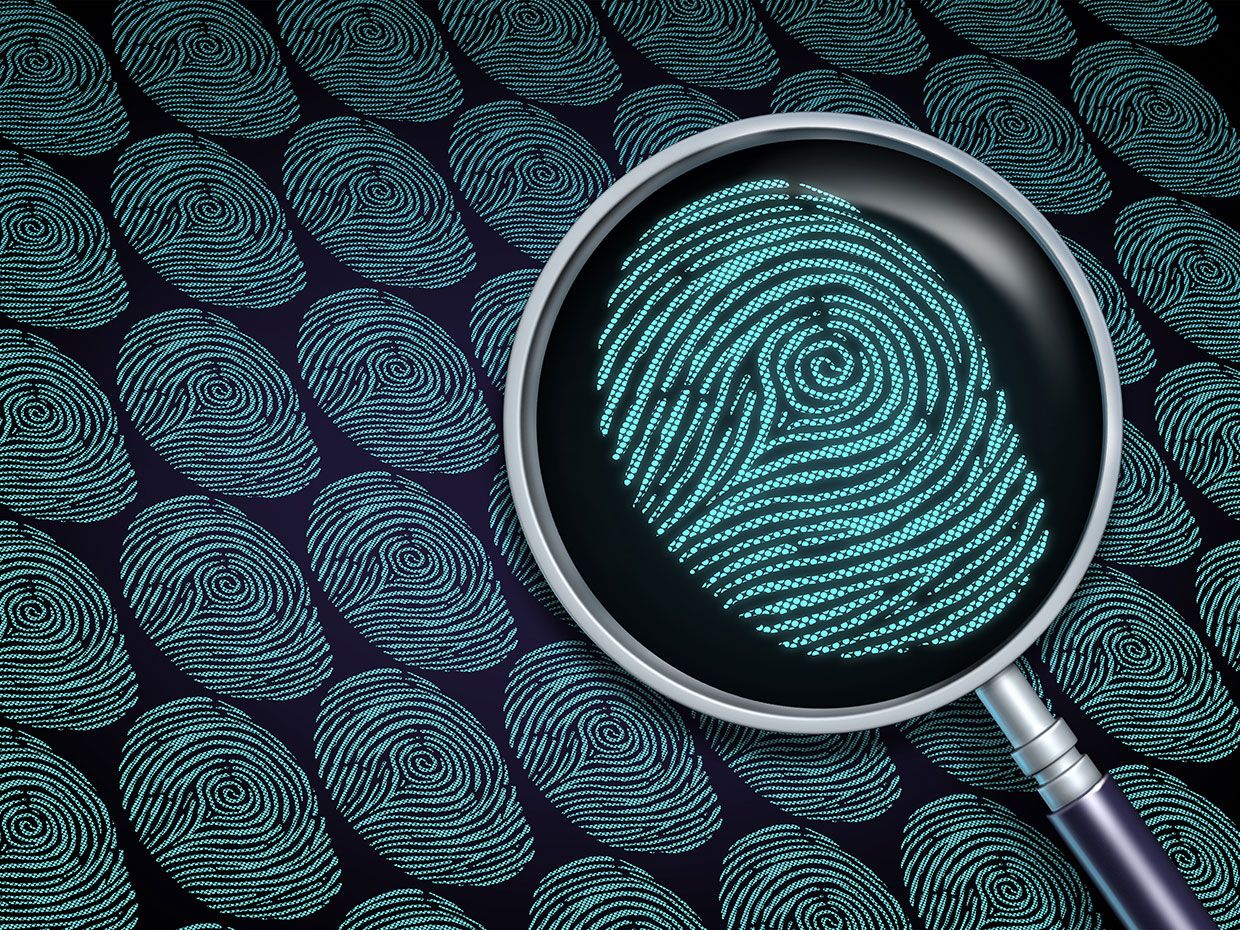How to encode a secret message in fingerprint
Fingerprints are no longer just a way to identify people - they can now be used to send personal messages

The analysis of fingerprints found at the crime scene is a classic way of identifying a criminal who accidentally left his unique signature. But what if there was another way to use fingerprints - even helping the criminal achieve his malicious intentions? Researchers from China have described an unexpected idea - to use fingerprints to encode secret messages.
Look at your fingers and notice the continuous lines that sometimes curl into a spiral. Researchers at Fudansky University have developed a complex way of constructing digital fingerprints encoding secret messages in these spiral points. Their study was published last week in the IEEE Transactions on Image Processing.
This technique requires you to first encode the desired message using a mathematical equation, a polynomial. The message may contain, for example, the URL of this article, or a text like “we will meet tomorrow at 10 am at the same place”.
')
The specific features of the fingerprints — the lines and branches of the pattern — due to their inherent directivity, can be used to encode a message. In an artificially created print, you can mark a message as a set of two-dimensional points of different polarity. “These dots represent a secret and mimic the endings of lines and branching of prints,” explains Shen Li, the author of the study.

After the secret has been decomposed into a set of two-dimensional points around the spirals, artificial continuous imprint lines are created. Then all the data is merged to create a hologram of the fingerprint, which keeps the polarity and location of the points that keep the secret safe. Only people who have a key that uses to recreate a polynomial from a fingerprint will be able to decrypt this message.
“If we ignore the concept, then the most surprising property we found is the persistence of artificial images of prints that can withstand attacks of various kinds. We get fairly high accuracy when retrieving data, even if the image of an artificial print is digitized, strongly compressed, or reduced in resolution, ”says Lee.
The technology developed by Li and his colleague Xinphen Zhang, which can still be used in digital images of prints, offers a significant advantage over conventional methods of encoding messages in images . Usually, encoding a message in an image requires changing the pixels, which inevitably leads to distortions that can be detected visually or statistically — and thus give the enemy the very fact of having a secret message. Encoding a secret message in the polarity of the image circumvents this problem, and allows the message to go unnoticed.
Source: https://habr.com/ru/post/432766/
All Articles